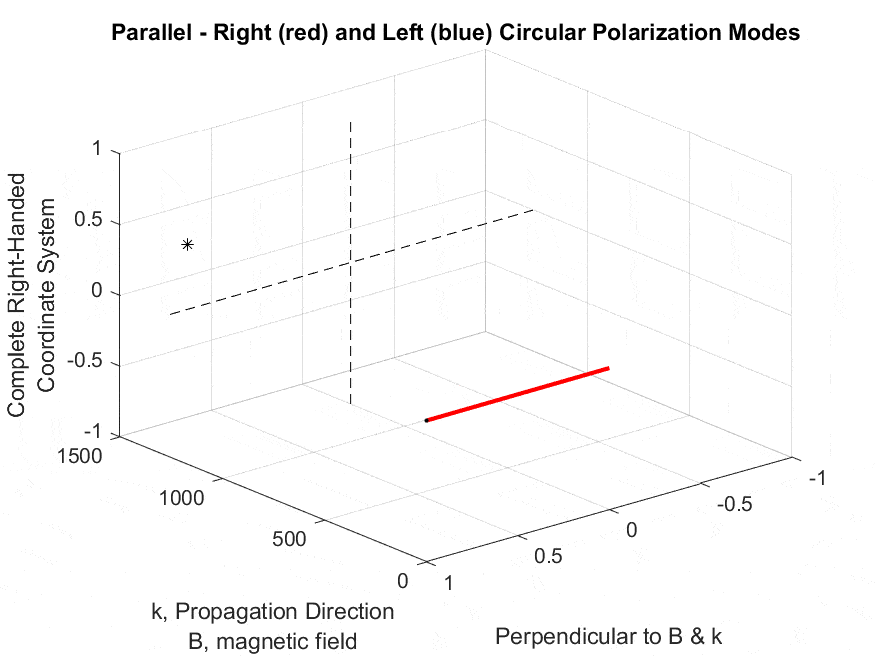This article has been reviewed according to Science X's editorial process and policies. Editors have highlighted the following attributes while ensuring the content's credibility:
fact-checked
peer-reviewed publication
trusted source
proofread
Study offers improved look at Earth's ionosphere

New measuring techniques will enable improved measurements of the Earth's ionosphere, a key to studying and reducing the impact of space weather.
Radio signals have been used to study the density of plasma since the 1920s. Transmitting radio sources include ground-based ionosondes (special radar for the examination of the ionosphere), astronomical phenomena such as pulsars and more recently spacecraft signals used for transmitting data.
For example, Global Positioning Satellites (GPS) radio signals are used to measure the density of Earth's ionosphere. However, the response of the radio signal to the ionospheric plasma is more complicated than simply varying as a function of density. The Earth's magnetic field affects its electromagnetic wave fluctuations as well.
For example, Faraday rotation is a well-known phenomenon, as shown in the image above. But, as a technique for measuring magnetic field, Faraday rotation is limited to just the portion that is oriented in the correct direction. The new discovery complements Faraday rotation enabling a complete measurement of magnetic field strength.
"We discovered that the magnetic field was introducing noise to radio signals. The immediate impact of this work is to enable improved measurements of the Earth's ionosphere. Additionally, all of the adverse conditions discussed about the hazards of space weather ultimately are driven by the Earth's ionosphere responding to the sun's plasma," said Elizabeth Jensen, Planetary Science Institute associate research scientist.
Jensen is lead author of the article "The Hunt for Perpendicular Magnetic Field Measurements in Plasma" published in The Astrophysical Journal. "By reducing the error in GPS signals from the horizon and expanding the coverage to the poles, issues with communication fidelity losses are immediately improved."
The effect of the plasma's perpendicular magnetic field on radio propagation is shown in the image above. "We have discovered how to improve communications between the Earth and spacecraft; how to measure the strength of the magnetic field in space plasmas, an important result for improving space weather predictions; and how to obtain magnetic field measurements from some older archived spacecraft data," Jensen said. "This is with our breakthrough discovery on how to isolate the contribution of the magnetic field perpendicular to the signal path in radio data."
Space weather prediction, the physics behind destabilizing the ionosphere by the sun's plasma, is dominated by the temperature, velocity, density, and magnetic field of the plasma arriving from the sun. The greatest source of error in these space weather models derives from the lack of magnetic field measurements in the intervening space between the sun and the Earth. Improving our ability to predict space weather, via improved magnetic field measurements, enables reducing the costs from these adverse conditions.
"Here on Earth, we are primarily concerned with space weather. Space weather consists of the response of the Earth's plasma regions to the plasma released by the sun. Adverse conditions from this interaction include satellite damage, irradiating personnel not just in the space station but on flights near the poles, poor communications from a loss of signal fidelity impacting aircraft and other GPS-dependent equipment, for example self-driving vehicles, and damage to equipment such as power lines or subsea cables," Jensen said.
More information: Elizabeth A. Jensen et al, The Hunt for Perpendicular Magnetic Field Measurements in Plasma, The Astrophysical Journal (2024). DOI: 10.3847/1538-4357/ad2347
Journal information: Astrophysical Journal
Provided by Planetary Science Institute





















